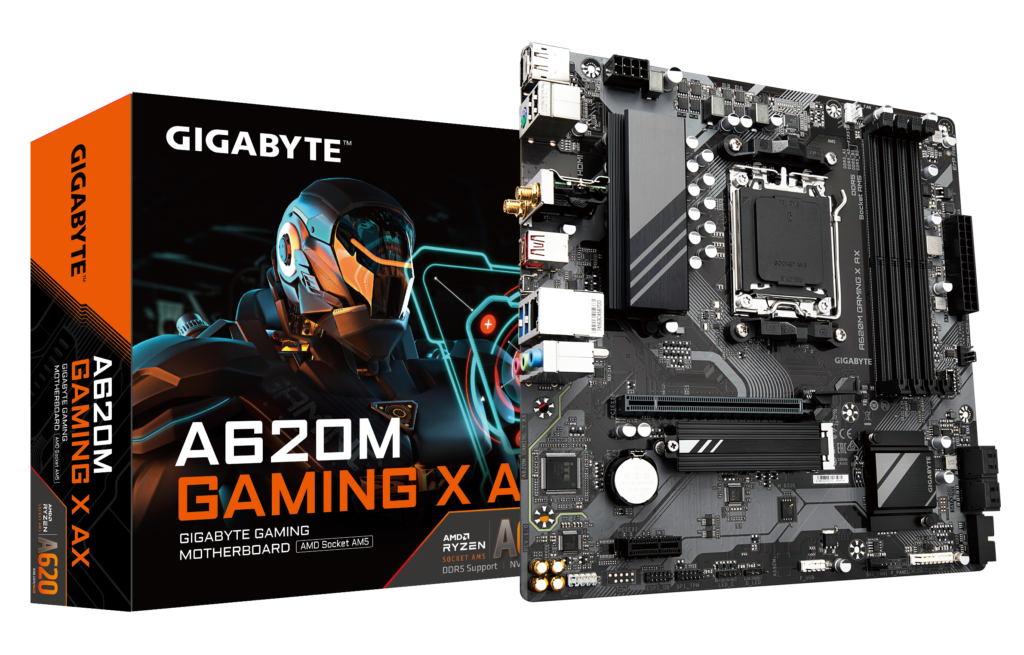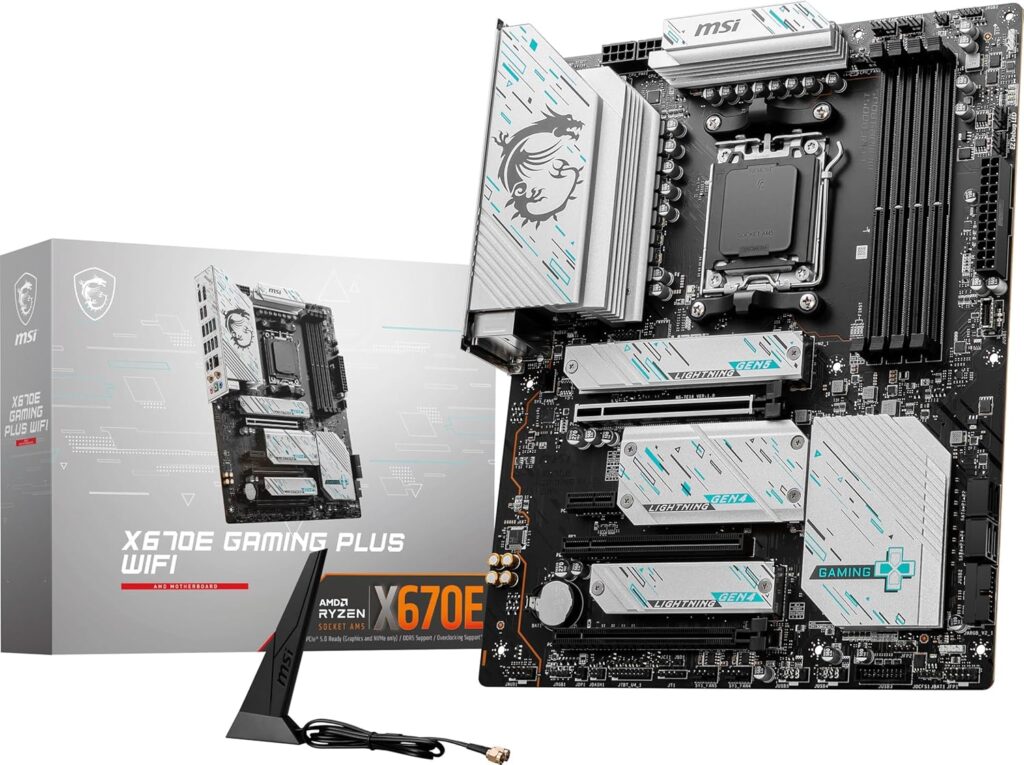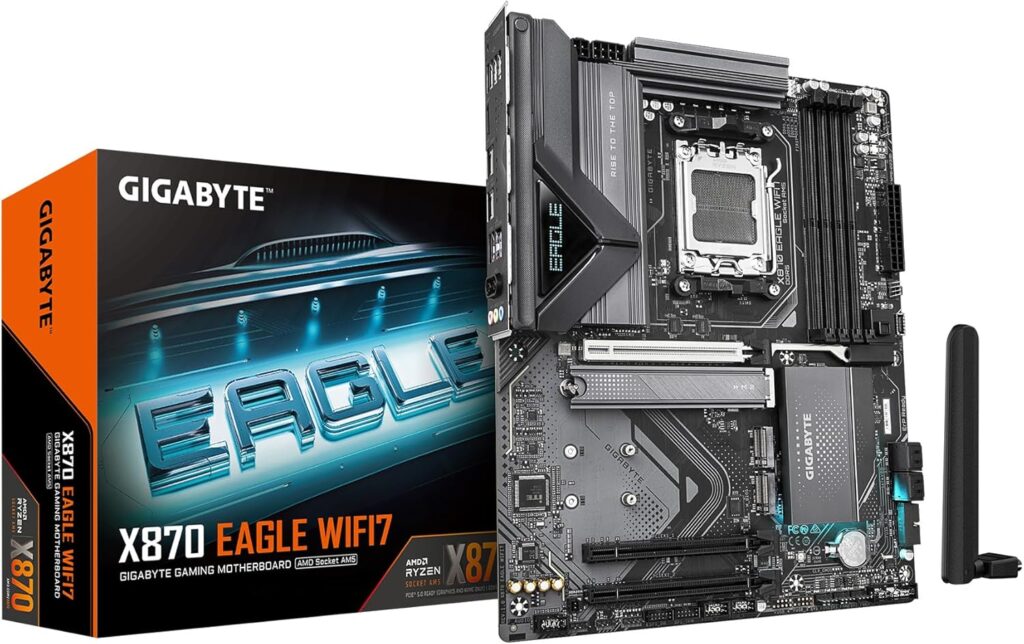Guides
What does different types of AMD Motherboard means?
You often see AMD motherboards with different alphabets at the front.
Such as A620, B650, B650E, X670, X670E, X870, X870E but what does it actually mean?

When Choosing a good motherboard understanding the chipset tiers is essential for selecting the right board for your build. Each tier offers unique features and capabilities, catering to different budgets and needs.
When choosing an AMD motherboard, understanding the chipset tiers is essential for selecting the right board for your build. Each tier offers unique features and capabilities, catering to different budgets and needs.
A-Series (e.g., A620)

The A-series motherboards represent AMD’s entry-level options. These boards lack support for CPU overclocking and typically feature limited connectivity. Due to their restricted power delivery and features, they are best suited for very basic systems but are generally avoided by gamers and performance enthusiasts.
B-Series (e.g., B650, B650E)

The B-series is AMD’s mainstream offering, balancing affordability and functionality. Unlike Intel’s equivalent, AMD’s B-series allows for CPU overclocking when paired with boards offering adequate VRM cooling and power delivery.
B650: Great for budget-conscious builders who want solid performance and overclocking without breaking the bank.
B650E: Adds PCIe 5.0 support for the primary PCIe slot and at least one NVMe M.2 slot, making it ideal for future-proof builds.
X-Series (e.g., X670, X670E, X870, X870E)
The X-series caters to enthusiasts and users needing greater connectivity and advanced features. These boards often feature dual chipsets, providing more PCIe lanes for additional USB ports, M.2 slots, and faster networking.
X670/X670E

X670: Offers robust connectivity without requiring PCIe 5.0 for all slots.
X670E: Ensures PCIe 5.0 support on key slots, making it a premium choice for high-performance builds.
X870/X870E

X870: Similar to a refreshed B650E but includes mandatory USB4 support. However, it uses a single chipset, slightly limiting connectivity compared to X670.
X870E: Retains dual chipsets and provides USB4 alongside PCIe 5.0 support, delivering top-tier connectivity.
What to Choose Based on Your Needs
Budget-friendly and Overclocking: B650
PCIe 5.0 Support: B650E
USB4 Compatibility: X870/X870E
Maximum Connectivity: X670/X670E or X870E
Some 600-series boards also offer USB4, but they are rarer and typically found on higher-end models like the B650E Taichi.
Once you selected what type of motherboard you are going for you need to look at the feature of the motherboard so you will know which exact motherboard fits you.
